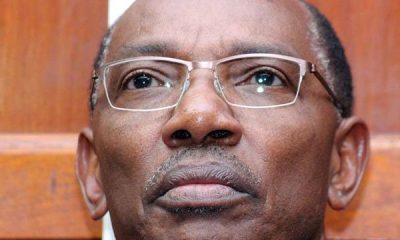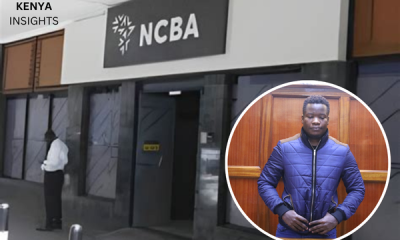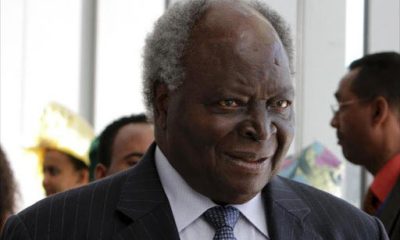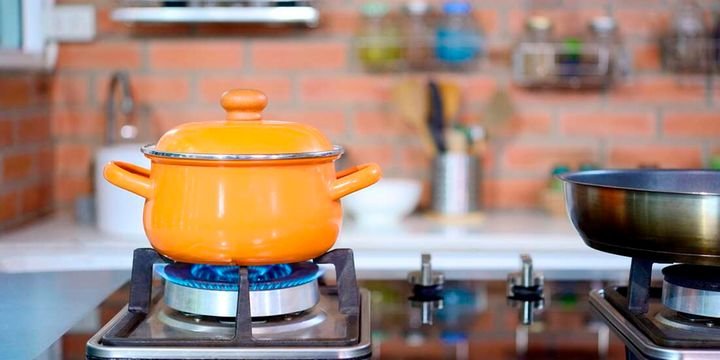The State will introduce price controls for cooking gas after completion of the Kipevu Oil Terminal that will have a common-user berth for handling the fuel.
The facility, to be completed in December, will have a common user berth for Liquefied Petroleum Gas (LPG) and allow the State to issue open tender system (OTS) for gas imports, prompting the shift to control of cooking gas prices.
Petroleum and Gas Director at the Energy and Petroleum Regulatory Authority (Epra) Edward Kinyua told Parliament that the industry regulator will set tariffs for handling gas at the berth.
Under the OTS, the ministry will award one oil marketer the right to import gas in bulk every month on behalf of the entire industry, enjoying huge discounts, like is the case with diesel, petrol and kerosene.
Lack of a common-user State facility at Kipevu has locked out firms from handling cooking gas imports at the Port, with only one company handling over 90 percent of the LPG shipments.
“We are in the process of looking at how to introduce pricing controls for LPG. Regulation of the LPG prices needs common user facilities under the government and the good thing is the upcoming facility at the Port,” Mr Kinyua told Parliament.
Construction of the Kipevu Oil Terminal started in 2019 and the facility will upon completion have the capacity to handle four vessels of up to 100,000 metric tonnes and an LPG line.
The terminal will supplement the two aging facilities in Shimanzi and the old Kipevu terminal that are small to handle large quantities of imported oil and gas.
Price controls for LPG will be similar to the one that currently applies to petrol, diesel and kerosene. The shift to price control regime would ensure affordability of LPG and boost its consumption.
LPG prices hit a six-year high from July after the Treasury reintroduced a 16 percent value added tax (VAT) on the commodity.
The 13-kilogramme gas has averaged Sh2,400 while the six-kilogramme model is averaging Sh1,300 after Parliament re-introduced the tax amid opposition from lobbies who wanted it delayed in the wake of the Coronavirus-induced economic meltdown.
LPG is the second most used cooking fuel in Kenya, with 23.9 percent of households behind firewood that is used by 55.1 percent.
The price of the commodity is set to rise further next month on the back of a surge in global prices for butane and propane—the by-products of crude oil used in the manufacture of LPG.
Kenya Insights allows guest blogging, if you want to be published on Kenya’s most authoritative and accurate blog, have an expose, news TIPS, story angles, human interest stories, drop us an email on [email protected] or via Telegram

 Investigations1 week ago
Investigations1 week ago
 Business2 weeks ago
Business2 weeks ago
 Investigations1 week ago
Investigations1 week ago
 Investigations1 week ago
Investigations1 week ago
 Investigations1 week ago
Investigations1 week ago
 Opinion2 weeks ago
Opinion2 weeks ago
 News2 weeks ago
News2 weeks ago
 Investigations1 week ago
Investigations1 week ago
















